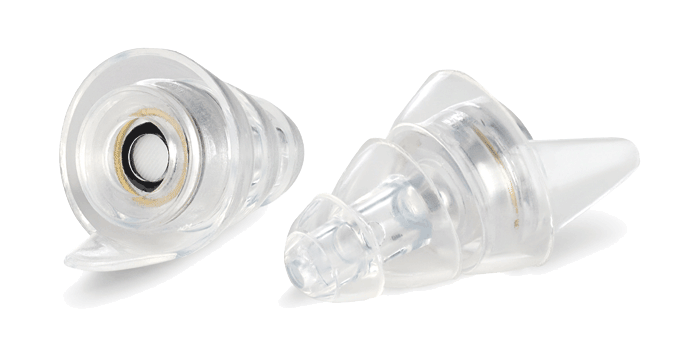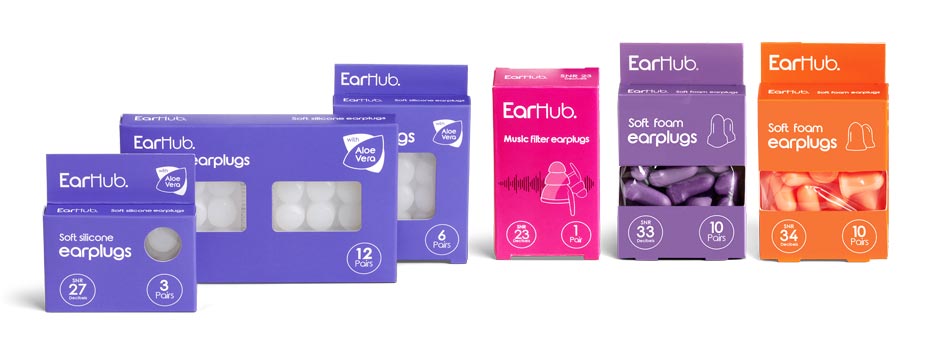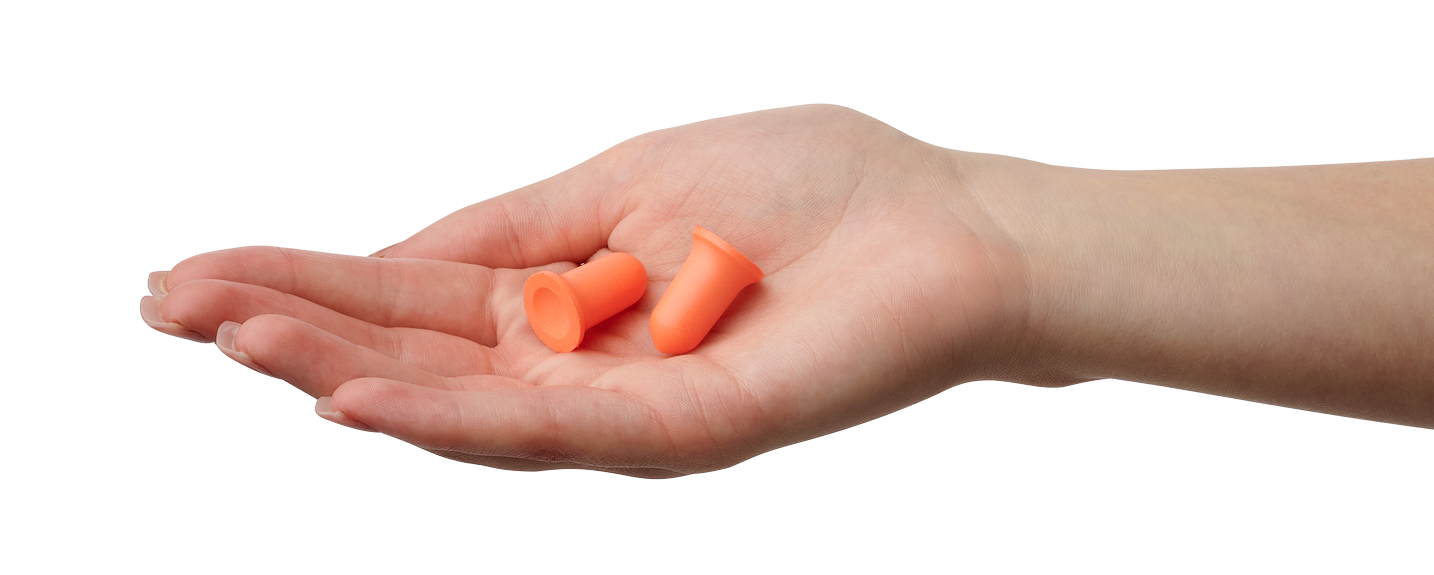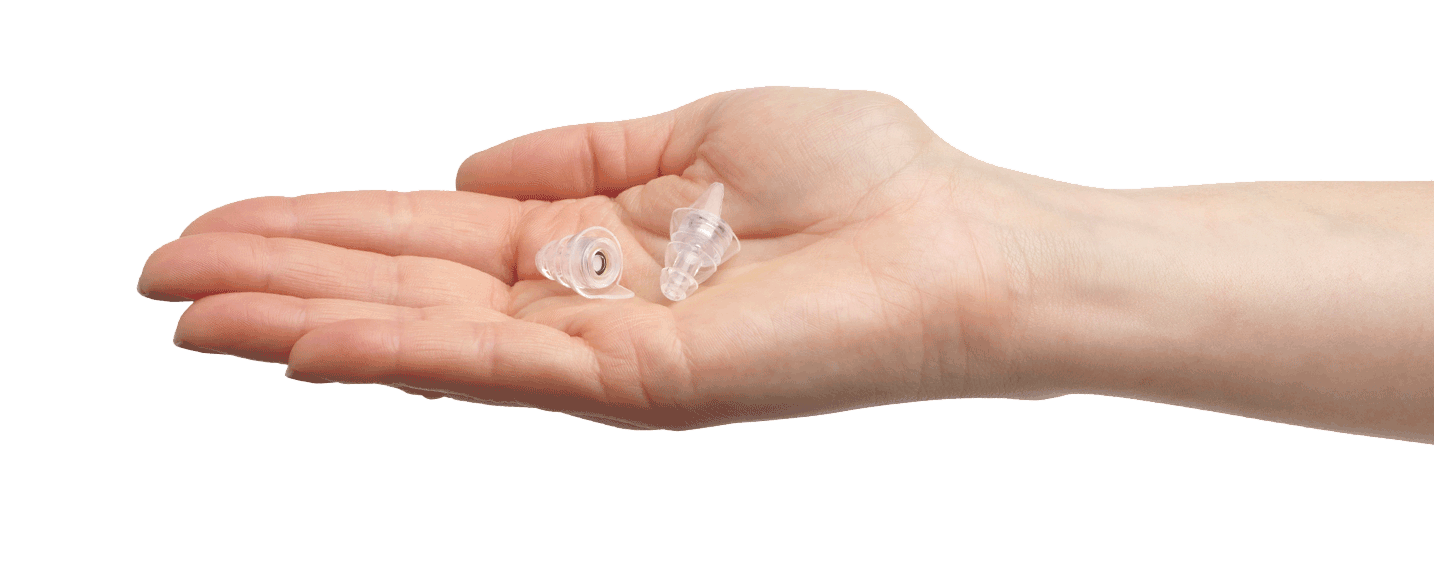It’s usually this time of year we all reset and focus on making new year’s resolutions for a healthier and happier year ahead. Top of the list comes healthy eating, more exercise and maybe even organising those long overdue or routine check-ups with the dentist, beauty therapist or opticians.
Our ears seem to be the one body part that gets overlooked most of the time. Like our eyes, we only have one set to appreciate during our lifetime. Both play a crucial part for the 5 human senses of sight, taste, touch, hearing, and smell. Our senses help us to read the environment we live in, keep us safe and interact with others. And our ears are also essential for balance.
Although our ears are so very important, we don’t seem to prioritise looking after them as much as we should. We book regular optician appointments to check on our eye health. When was the last time you organised a hearing test? You wouldn’t forget sunglasses in the summer months to protect your eyes. Do you think about hearing protection as often? A resolution to hold this year, protect your ears!


At EarHub, it’s our mission to help educate everyone on the importance of protecting our ears.
Did you know that by 2030, adult-onset hearing loss will be in the top ten of disease burdens in the UK above cataracts and diabetes(1).
1.1 billion young people (aged between 12–35 years) are at risk of hearing loss due to exposure to noise in recreational settings, according to the World Health Organisation.
By 2031, it is estimated that 14.5 million people in the UK will have a hearing loss, that is approximately 20% of the population (2). The figures are quite alarming but protecting our ears and preventing some of this damage is in our control.
Protect your ears following these 4 simple steps:
1. Avoid noise induced hearing loss
Noise induced hearing loss is something we can all help prevent. It’s a rising concern especially amongst the younger population. Remember to protect your ears from unnecessary noise. Turn down the volume on video games, TV and portable music players. Wear hearing protection (like earplugs or ear protectors) when you know you’ll be in a noisy environment (e.g. music concerts, fireworks, DIY). You may find it surprising how loud the world can be.
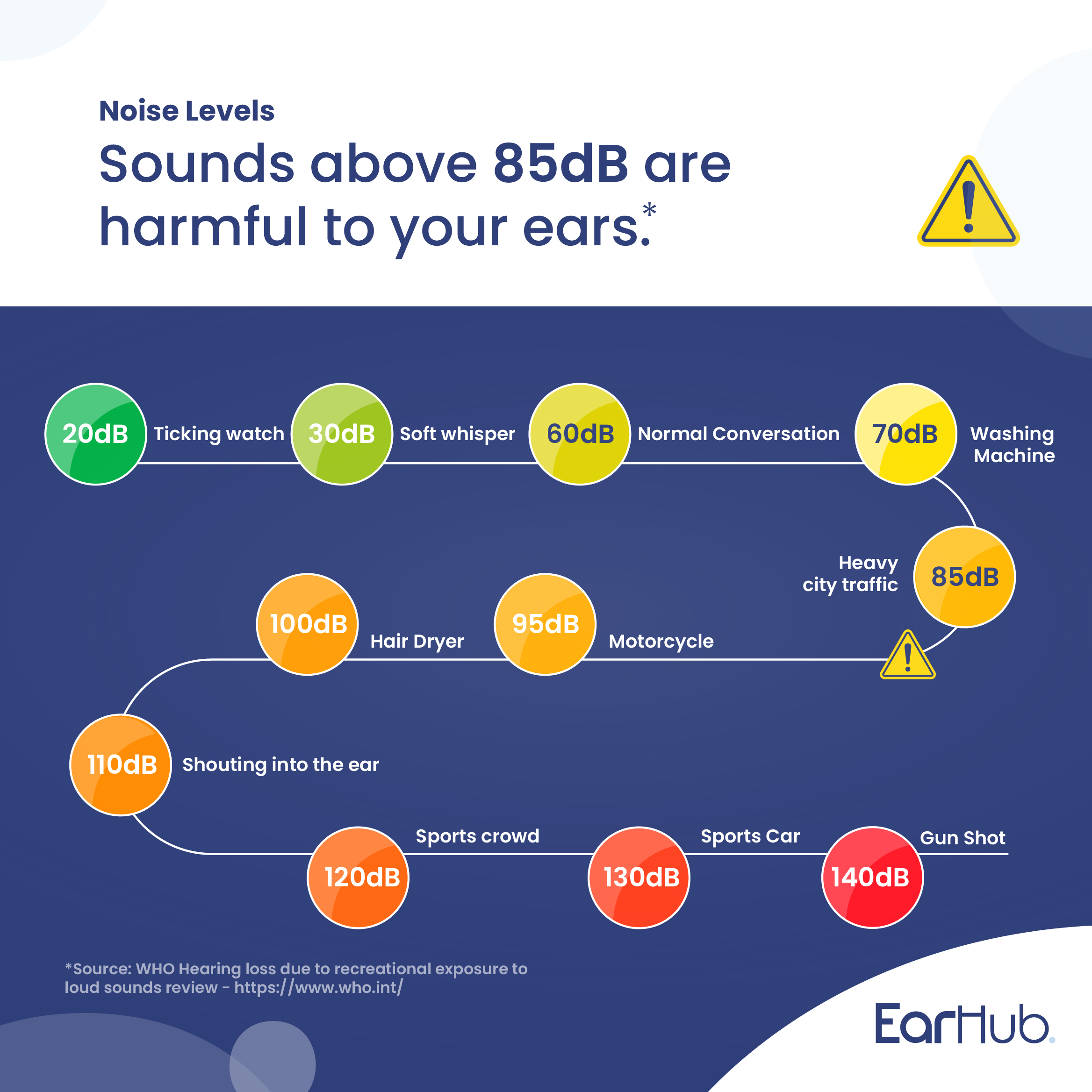

2. Damage occurs more quickly as sounds get louder
Hearing damage builds over time. It doesn’t take long for problems to develop. The image on the right shows provides some typical examples of how long your ears can deal with certain noise levels safely. Fireworks reach over 145dB. Do you protect your ears when watching a fireworks display?
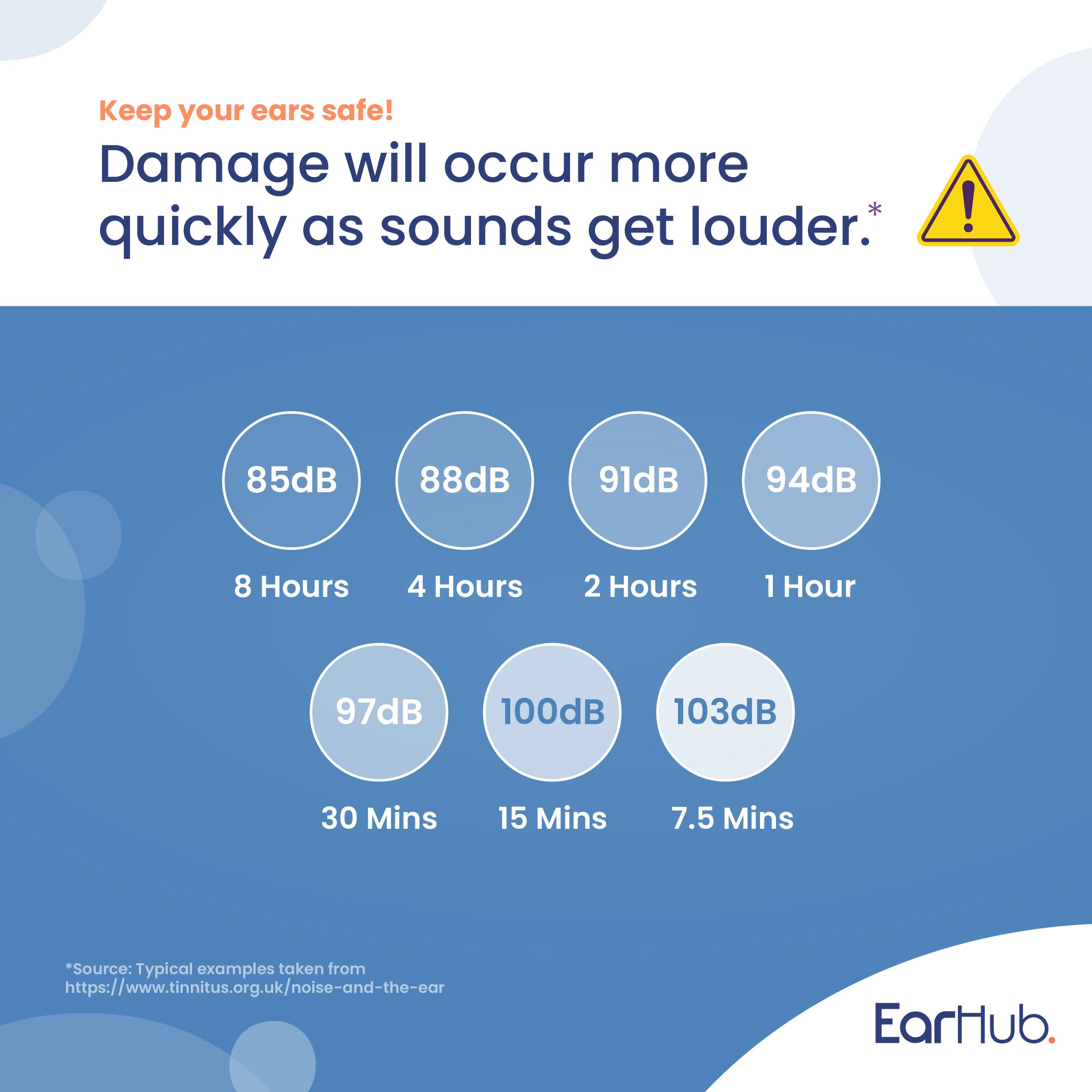

3. Book a hearing test
Did you know you can book a hearing test to make sure your ears are working well? Hearing tests don’t seem to be considered a routine necessity unlike a visit to the opticians. Although Specsavers is probably more known for their eye care and expertise, they also offer audiology centres where you can book a free hearing test. Boots also have some hearing care stores for a similar service.
Alternatively, there are several online hearing tests you can do from the comfort of your own home. Specsavers offers a free online test and other companies like Resound too.
If carrying out a hearing test at home, find a quiet area while you complete it. Choose if you prefer to use your device speakers or headphones. Headphones will provide you with more accurate results, and unlike device speakers, will test your right and left ears individually. Make sure the volume is on and set at a comfortable level.
4. Be careful putting things in your ears
There’s an old saying you may have heard that the smallest thing you should put in your ear is your elbow. For example, use of cotton buds in the ear isn’t recommended. Putting items in your ear can scratch the ear canal, push earwax deeper into the ear, and even rupture the eardrum.
If you use foam earplugs that are placed in the ear canal, follow the instructions provided. It is better to pay a little more for quality products. For example our premium soft foam plugs. The material used is soft and pliable for easy insertion. Alternatively for anyone not wanting to stick something in your ears at all, you could try our silicone earplugs. They create a seal over the ear canal, instead of being placed within it. Silicone earplugs can also be washed and reused multiple times so can be more cost effective for the regular user.
Information sources:
- Action on Hearing Loss, 2015. Hearing Matters. [pdf] Available at: https://www.actiononhearingloss.org.uk [Accessed 12 April 2017.] 2 Vos, T et al., 2015. Global, regional, and national incidence, prevalence, and years lived with disability for 301 acute and chronic diseases and injuries in 188 countries 1990-2013 a systematic analysis for the Global Burden of Disease Study 2013. The Lancet. Vol. 386 (9995) pp. 743–800. Available from www.thelancet.com [Accessed 12 April 2017.]
- Prevalence estimates provided by Professor A C Davis, using prevalence from Davis (1995) Hearing in Adults, updated with ONS (2014) National Population Projections, 2014-based projections, which are available at: http://www.ons.gov.uk/ons/rel/npp/national-population-projections/2014-based-projections/index.html
- Noise level examples from WHO Hearing loss due to recreational exposure to loud sounds review – https://www.who.int/
- Typical noise sound level examples taken from https://www.tinnitus.org.uk/noise-and-the-ear


